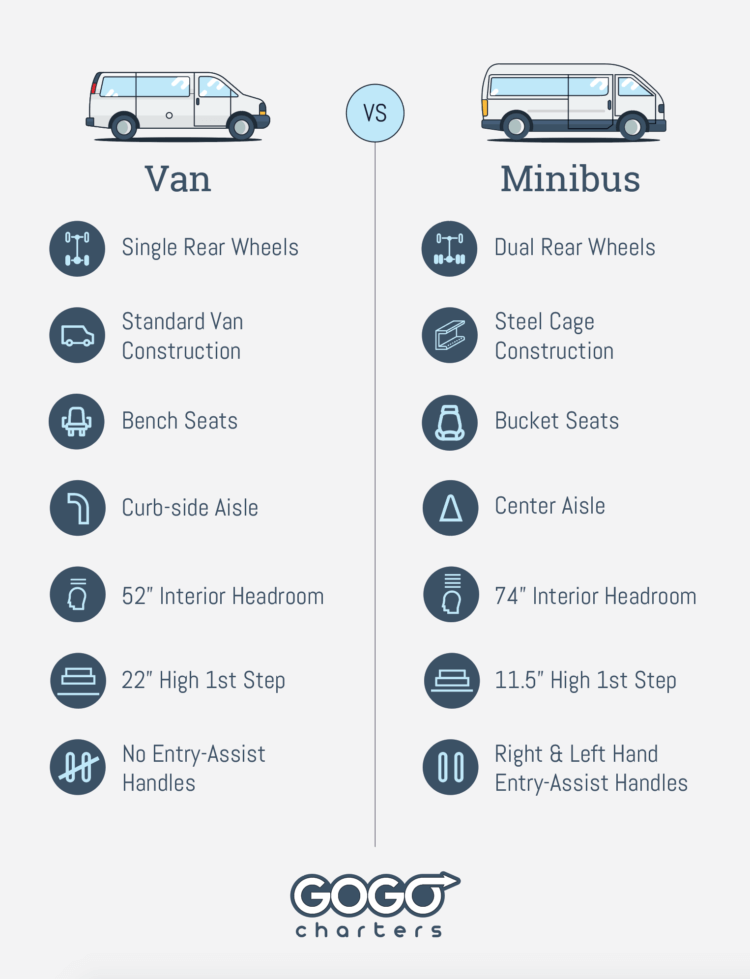Mini-bus modifications have gained great fame in the past few years as more individuals seek imaginative ways to utilize these multifunctional vehicles. If web link are looking to create a snug campervan for short getaways, a on-the-go office for your entrepreneurial ventures, or a unique food truck, the potential for transforming a minibus is endless. Nonetheless, embarking on a conversion project can feel daunting, especially when it comes to choosing the best materials. The decisions you make will significantly impact not only the aesthetics of your conversion but also its functionality, durability, and overall comfort.
In this guide, we will discuss crucial tips for finding the right materials for your minibus conversion. From understanding the various types of insulation to choosing the most suitable flooring options, we will cover all you need to know to take knowledgeable decisions. If you are a DIY enthusiast or considering hiring specialists, knowing which materials fit your requirements is vital to achieving the perfect end result. Prepare to dive into the realm of minibus conversions and unlock your vehicle's real potential.
Deciding on Materials for Your Minibus Modification
While embarking on a minibus conversion, choosing the best materials is important for creating a pleasant and functional space. Begin by thinking about the mass of the materials, as reducing excess weight can enhance fuel efficiency and handling. Weight-efficient materials such as engineered wood, aluminium, and composite panels are frequently used for cabinetry and interior design. Additionally, you should focus on long-lasting materials that can tolerate wear and tear, particularly in high-traffic areas of the conversion.
Thermal insulation is another vital aspect that considerably impacts the well-being of your modified minibus. High-quality insulation materials such as foam board, expanded foam, or wool can aid regulate temperature and minimize noise. Consider the weather in which you plan to go; committing to effective insulation is essential for keeping your minibus comfortable in winter and comfortable in hot months. Moreover, think about how the insulation works into your overall design and arrangement to ensure it doesn’t consume valuable living space.
In conclusion, visual appeal and usability go side by side. Select materials that both perform well but also fit your desired style. From modern finishes to rustic wooden accents, the choice of materials can set the mood for your minibus conversion. Ensure that the materials you choose are low maintenance and upkeep, as a functional space is essential for enjoying your travels. Finding a balance between aesthetics, performance, and durability will set the basis for a successful minibus transformation.
Planning Your Minibus Conversion Plans

When starting on a minibus transformation project, the first step is to explicitly establish your aims. Think about how you mean to employ the converted minibus, whether as a campervan, workspace, or food truck. This decision will greatly influence your layout, materials, and features. Take time to explore the various options available, and determine the key functionalities that align with your dream.
Subsequently, once you have a solid aim, it's important to formulate a detailed plan and timeline for the modification procedure. Start by drafting out a blueprint that optimizes available space while including all needed elements like shelving, benches, and beds. Factor in additional components such as pipes, power, and heat retention, particularly if you want to make your minibus appropriate for self-sufficient living. Establishing a timeline assists in monitoring progress and organizing the project organized.
In conclusion, budgeting is a vital aspect of your planning phase. Collect estimates for resources and labor costs, factoring both do-it-yourself efforts and contracted services. Decide on the best places to source the best second-hand minibuses for modification, and account for any legal requirements for altering vehicles. Staying mindful about your budget and looking for quality resources will not only boost the outcome of your project but also allow you keep financial limits throughout the modification process.
Budgeting for The Bus Transformation
As you embark on a minibus transformation, it's crucial to establish a comprehensive budget from the outset. Begin by listing all possible costs, including the acquisition of the bus, supplies, tools, and specialized equipment. Consider the extent of your plans, as converting a minibus into a campervan, mobile office, or catering vehicle will have varied cost implications. Investigate the costs of necessary items like thermal insulation, solar panels, and interior fixtures to prevent unexpected costs down the line.
After that, allocate a portion of your financial resources for unforeseen expenses. Conversions often reveal hidden issues like corrosion or mechanical repairs, which can increase the overall expenditure. Creating a contingency fund, usually around 10 to 20 percent of your overall budget, ensures you can address any unexpected issues without disrupting your project. Moreover, think about whether to choose do-it-yourself options or employ experts, as either option can significantly affect your total costs.
In conclusion, monitor your spending throughout the conversion. Use financial tracking tools or applications to track costs, and adjust your budget as necessary. This proactive approach will help you remain on track with your financial limits while ensuring you can realize your goals for the vehicle. By being systematic and prepared, you'll enjoy the journey of converting your bus without the stress of overspending.
